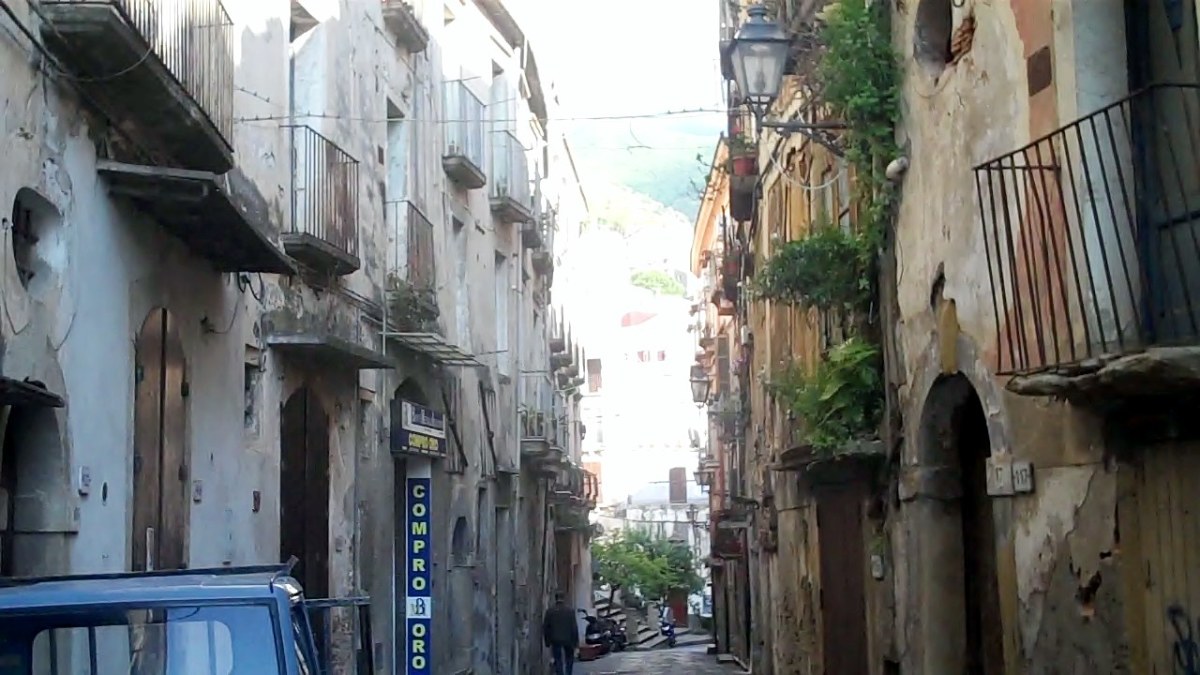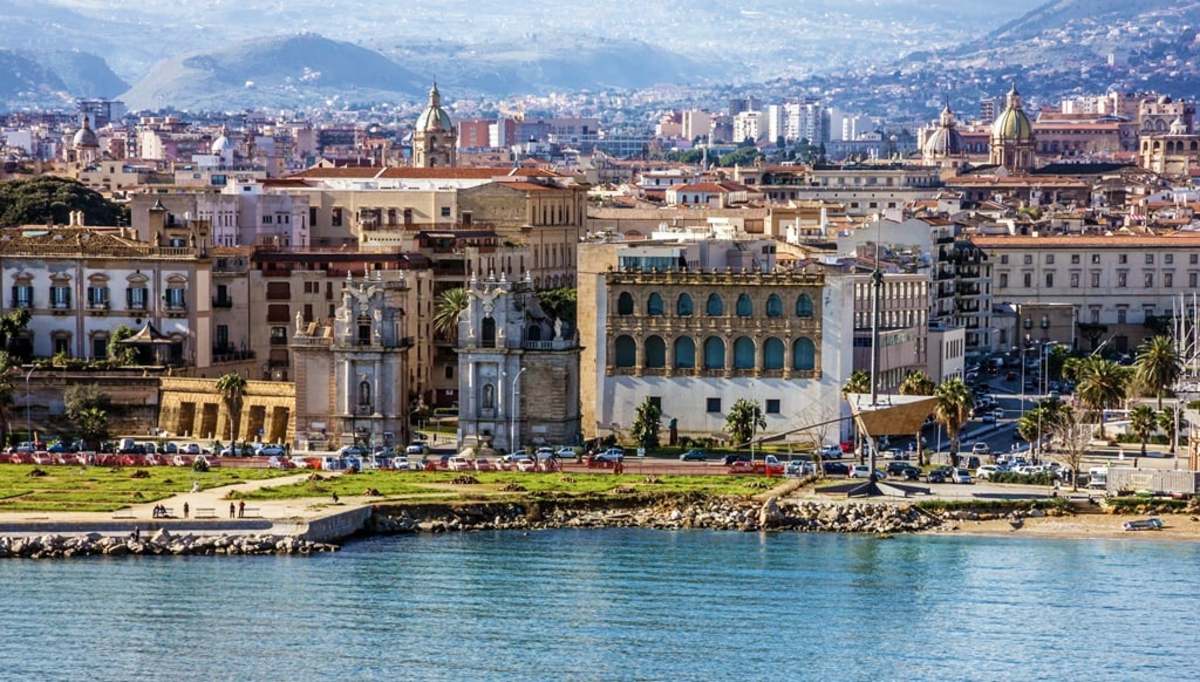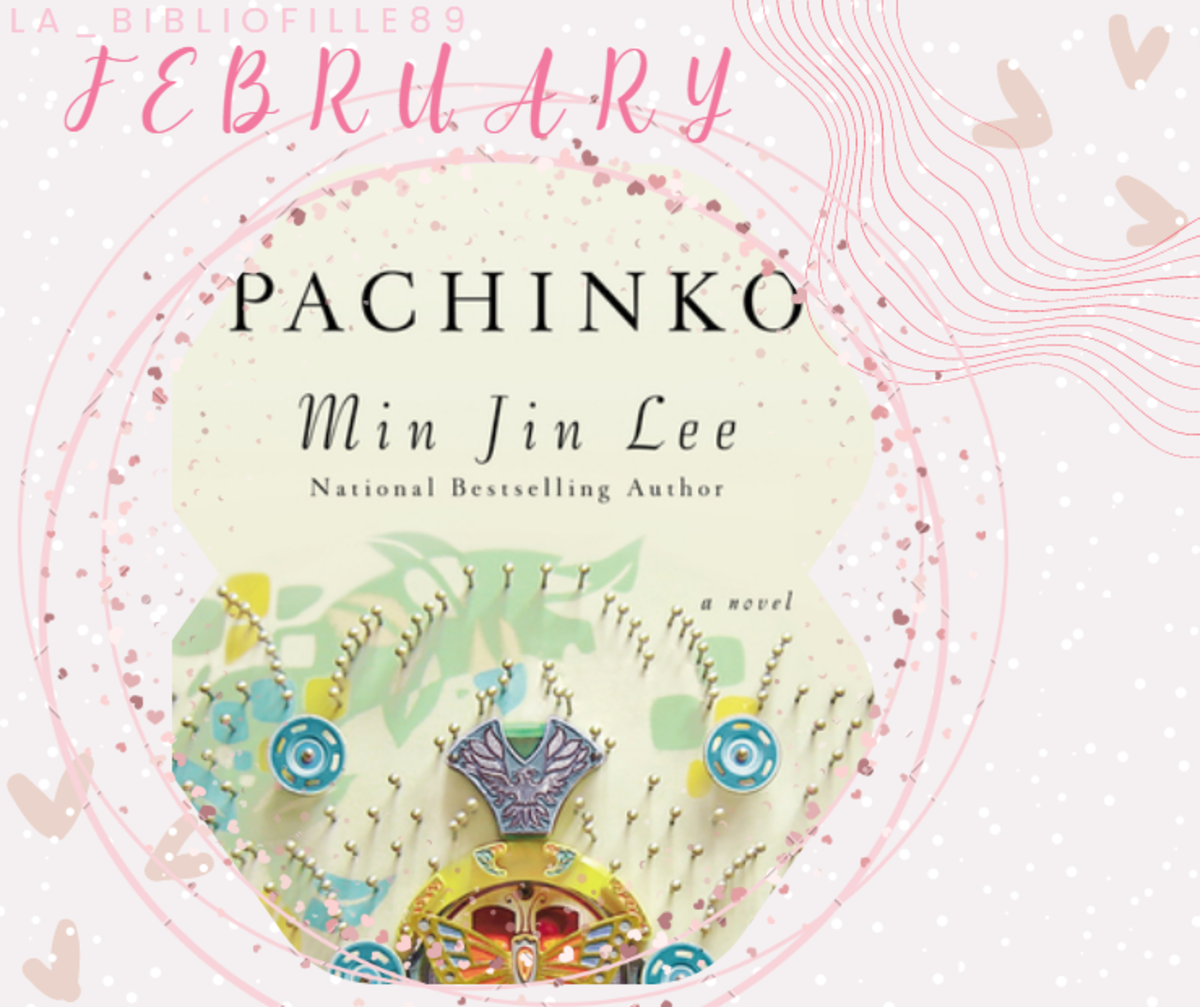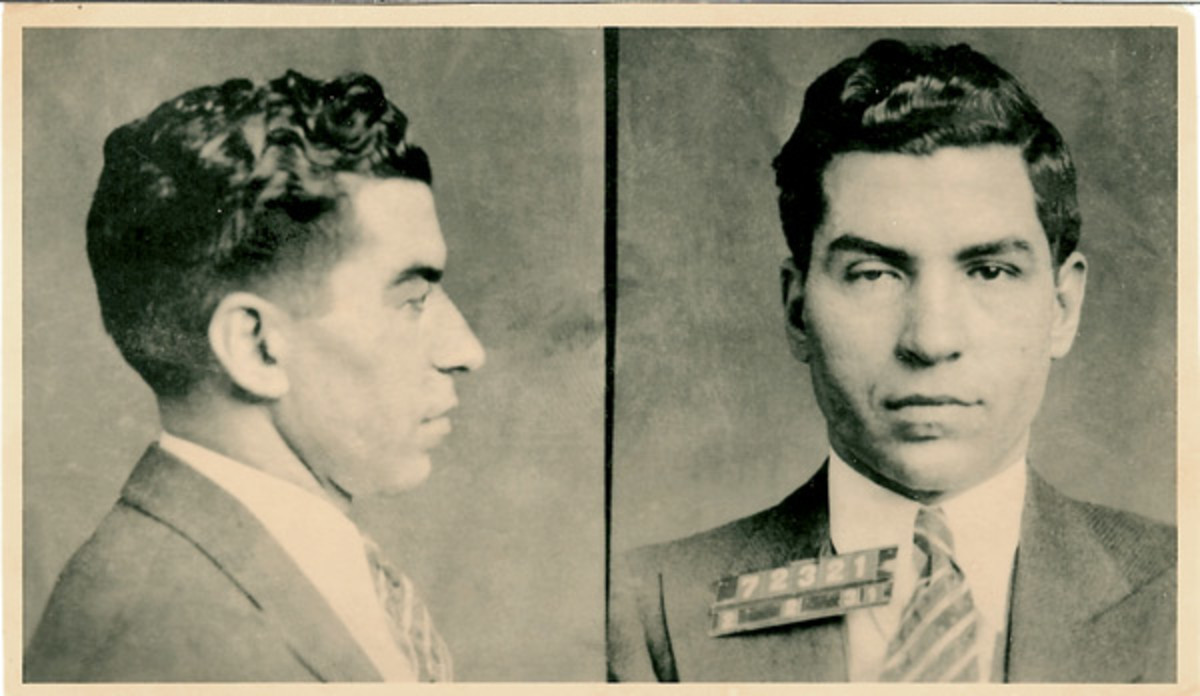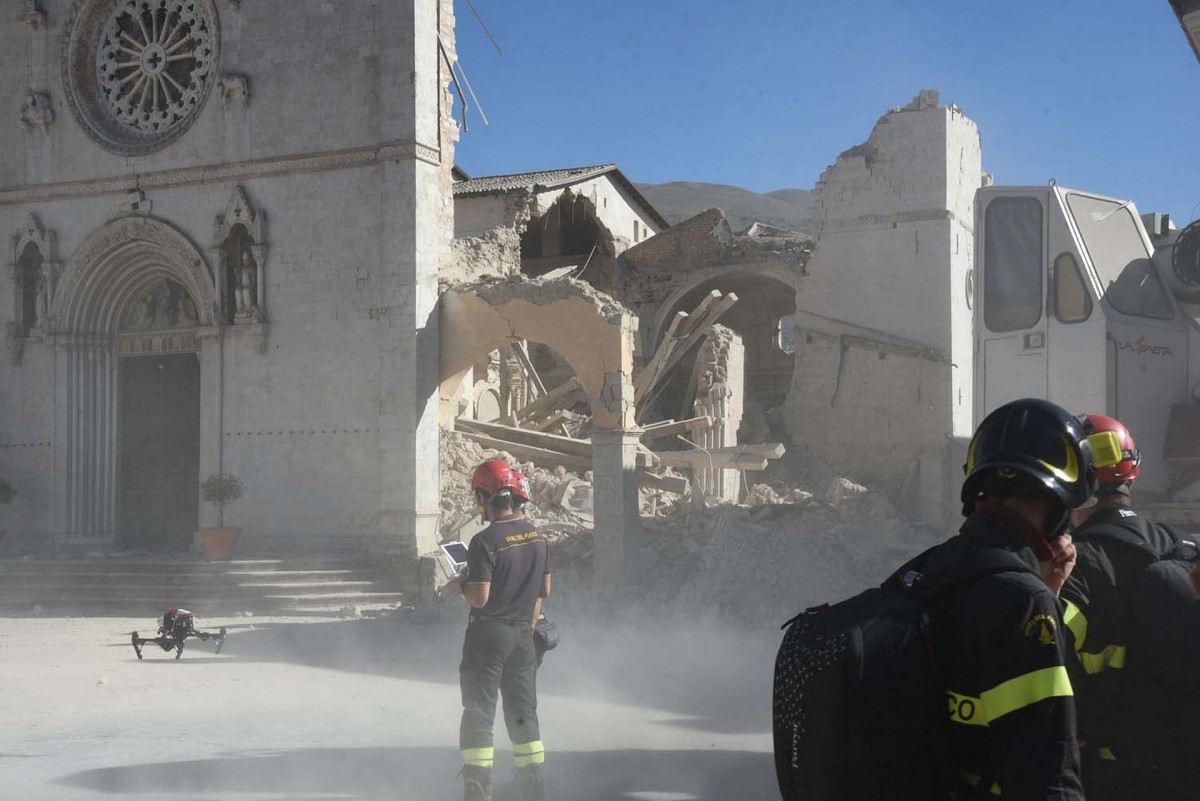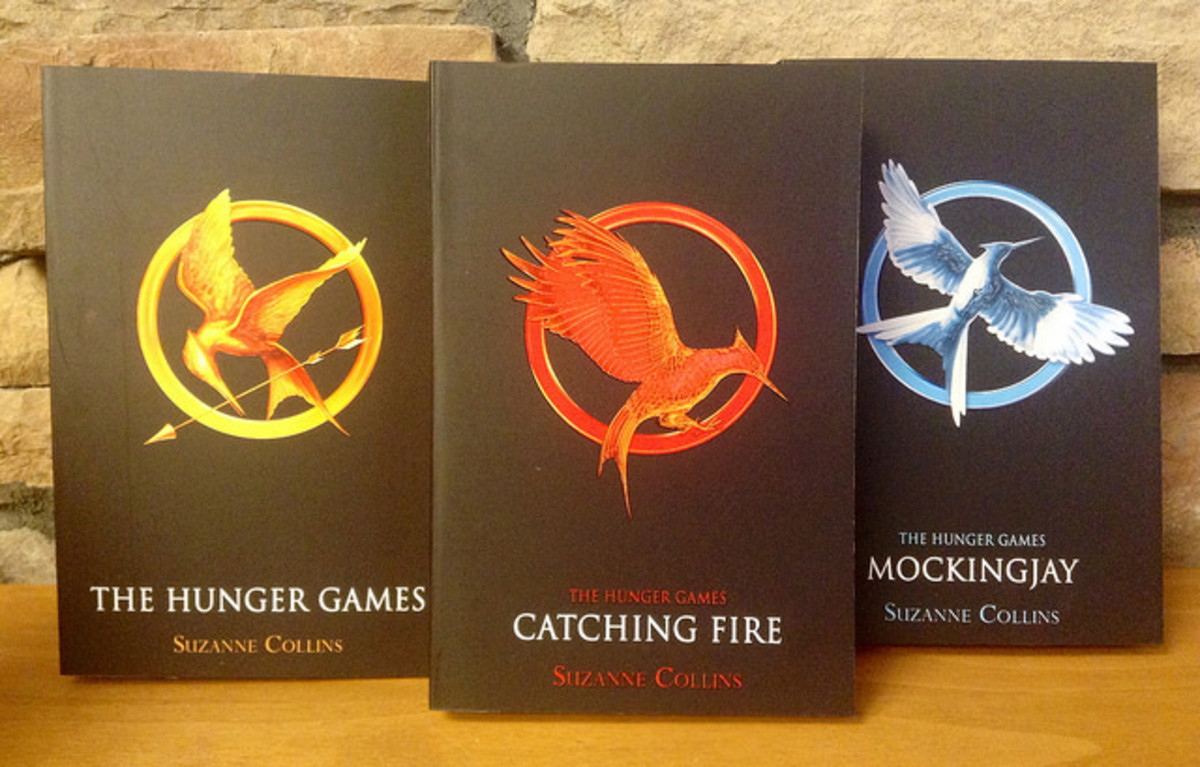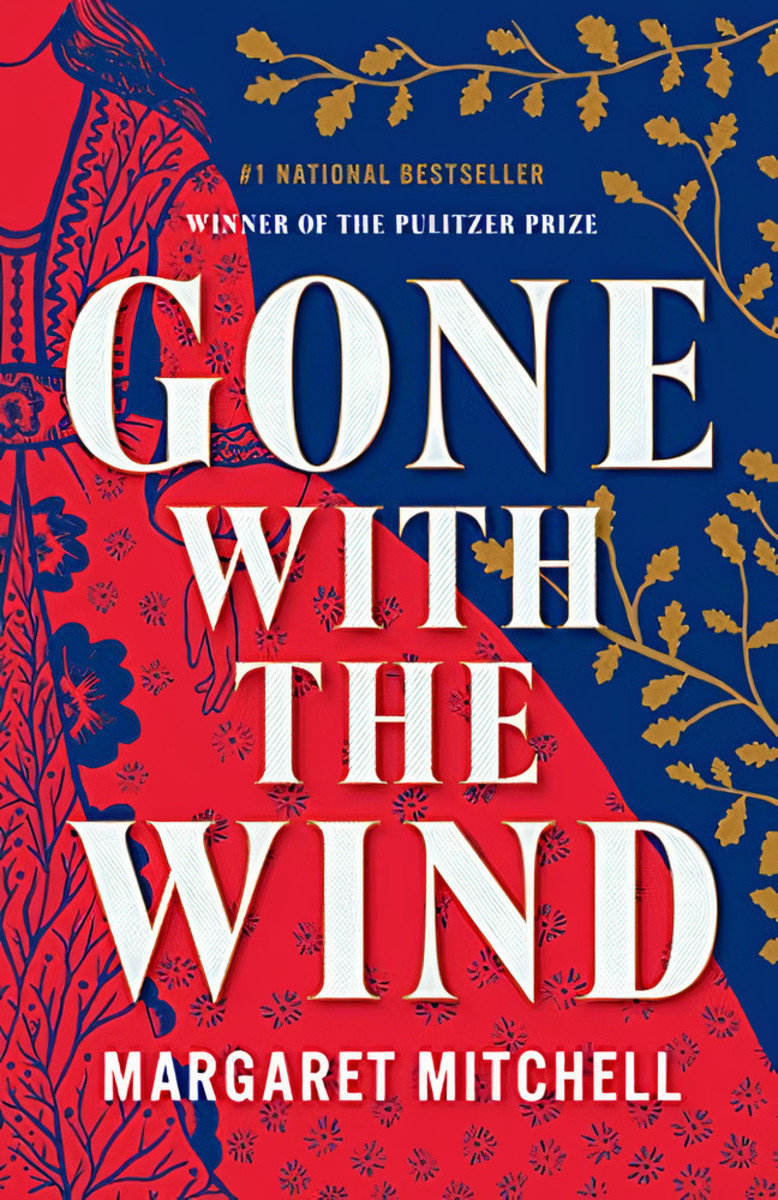The History of Italy in a List of 14 Books
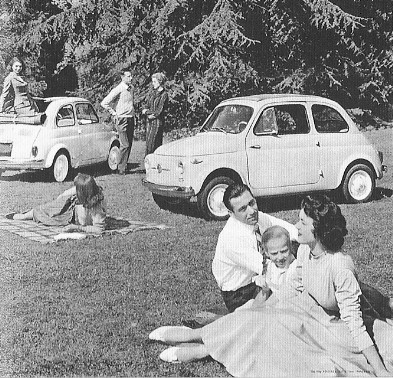
Italy, unlike other European countries, such as Spain and France, has continued to be divided into several small states, often hostile one to each other. It has reached the unity only in 1861. Two years ago, when we had the celebrations for the 150 years from the unity, I begun to think of a selection of books which could give the image of this one century and half of history. What had been changing in our society? How people had been reacting to the great and often tragic events which happened in the world and in the young (although with centuries and centuries of history behind) Italian nation?
My opinion was that nothing better than a book (especially a narrative book, a novel) could reflect the image of a society: every author gives his personal vision of the times he lives and on the other hand the times shape the vision of every author.
So, I wanted to select a set of books able to tell the history of Italy since, let’s say, the date of the Unity. In my mind, the set, to be significant, had to be limited to a dozen of books or little more. For the choice, I established these criteria:
- I have read the book (really, I granted myself one exception).
- The book is well known and recognized by the critics.
- The book is somewhat related to the life and the mood of the Italian society.
- One only book for author.
- An English translation exists.
These criteria also explain why some famous works do not appear in the list, while there are other that I do not love so much. Of course, some choices may be arbitrary and influenced by my limited knowledge and my personal vision. But this is the good (and the bad) of every operation of this kind. It should be always felt as a stimulus to go in more depth, explore more, criticize the choices and propose others. In one word: the starting point of a discussion.
The table above contains the list of all the books I chose. A more detailed description of each book is following.
#
| Title
| Author
| Pubblication Date
| Time of the Story
| Setting
|
|---|---|---|---|---|---|
1
| The Castle of Fratta
| Ippolito Nievo
| 1867
| 1800 - 1850
| Fratta, Italy, London
|
2
| The Leopard
| Giuseppe Tomasi di Lampedusa
| 1958
| 1850 - 1910
| Palermo, Donnafugata
|
3
| I Malavoglia
| Giovanni Verga
| 1881
| 1863 - 1880
| Aci Trezza (Sicily)
|
4
| Science in the Kitchen .....
| Pellegrino Artusi
| 1891
| ||
5
| Christ Stopped at Eboli
| Carlo Levi
| 1945
| 1935
| Aliano (Matera)
|
6
| Family Sayings
| Natalia Ginzburg
| 1963
| 1920 - 1950
| Turin
|
7
| History: A Novel
| Elsa Morante
| 1974
| 1941 - 1947
| Rome
|
8
| A Private Affair
| Beppe Fenoglio
| 1963
| 1944
| Hills around Alba (Piedmont)
|
9
| The Ragazzi
| Pier Paolo Pasolini
| 1955
| 1950s
| Rome
|
10
| Marcovaldo
| Italo Calvino
| 1963
| 1950s
| Unnamed city
|
11
| The Day of the Owl
| Leonardo Sciascia
| 1961
| 1950s
| Palermo
|
12
| The Story of Vajont
| Marco Paolini & Gabriele Vacis
| 1997
| 1963
| The Vajont Valley
|
13
| The Standard Life of a Temporary Pantyhose Salesman
| Aldo Busi
| 1985
| 1980s
| Veneto, Europe, US
|
14
| Let the Games Begin
| Niccolò Ammaniti
| 2009
| 2008
| Rome
|
The list of the 14 books selected
How Many of These Books Did You Know?
Considerations About the List
Regarding the whole list, the first evidence is that Milan is not represented in any way, nor there are Milan writers. Turin, Rome, Sicily, the North East, the South of Italy are all present, but Milan, a city which is a so important part of Italy, is not. I am aware of this. In my mind Milan should have been represented by the Milanese Carlo Emilio Gadda, the author of many hilarious stories about the habits and the tics of the middle class of Milan between the two wars (for example, L’Adalgisa). But the baroque Italian of Gadda is not easy to translate and may be hard also to Italians. So his only text I found translated in English (one of the most difficult) is Quer Pasticciaccio Brutto de Via Merulana (That Awful Mess on the Via Merulana, note that the Italian title is in Roman dialect), which unfortunately is set in Rome. So, the Milan hole still persists: I will be glad to add a book to the list as soon as I find something significant, meanwhile suggestions are welcome.
Another significant hole is the lack of 1970s, the decade marked by the factory struggles and the terrorism of Brigate Rosse, culminated in the Aldo Moro’s murder. I had thought that Uccelli da Gabbia e da Voliera (Caged Birds), by Andrea De Carlo, could be a decent representative of this period, but, again, there is not an English translation and, under the above criteria, I did not find anything else suitable. I commit to fill also this hole, sooner or later.
The third consideration is that there is an evident bias in favour of the period 1940 - 1960. This can be partially justified, because it is a crucial period of our history and may also depend on the fact that more valuable books have been produced in those years (and there are several not included that could have been). Anyway, if I ever produce a second version of the list, another of my goals will be to rebalance the choices toward the early 1900.
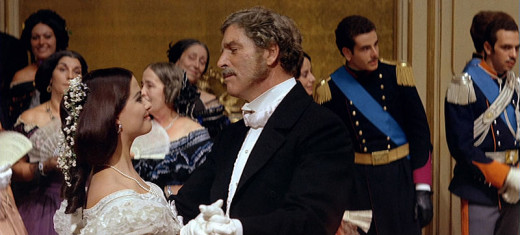
1 – Italy Before Italy
Ippolito Nievo, The Castle of Fratta (1867)
The first book of the list really was written before the historical date of 1861. The author, Ippolito Nievo (1831-1861) was a keen patriot: he followed Garibaldi in the Expedition of the Thousands and died in 1861 in the wreck of the ship which was bringing him from Palermo to Naple, before he could see the Unity realized.
The original title of his work is: The Confessions of an Italian, but it was first published in 1867 with the title: The Confessions of a Octogenarian, because the word “Italian” still sounded scarcely “marketable”. In this romantic novel the personal stories of the protagonist (Carlino) and his passionate love for the unforgettable Pisana are intertwined with the historical events of Italy from the Napoleon’s campaigns to the 1848 fights. The first part, concerning the recall of the childhood of Carlino in the Castle of Fratta (nearby the city of Udine, in North-Eastern Italy) with its large and dark kitchen, is enchanting for lightness and poetry. In the second part, the political and patriotic events take over.
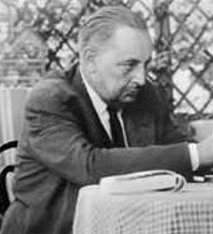
2 - The Disenchantment of Southern Italy
Giuseppe Tomasi di Lampedusa, The Leopard (1958)
In my mind, this place should have belonged to the important novel of Federico De Roberto: The Viceroy, masterwork of the Italian verism, a cynical representation of the avidity of a powerful Sicilian family and his ability to adapt to the changes of the history (the Unity of Italy) to maintain his own power. But unfortunately I did not find an English translation.
The Leopard, unique work of the aristocratic Sicilian Giuseppe Tomasi di Lampedusa, is a worthy substitute. When this novel appeared, in 1958, one year after the author’s death, was criticized by someone because of its traditional structure (it was the time of Calvino and Pasolini) and its theme, a story dating back to the second half of 1800. Despite of this, the book sold 100,000 copies (record for Italy at that times) and won the most important literary prize (Premio Strega). The Leopard is the Prince of Salina, a Sicilian aristocratic and intellectual, inspired to the author by the figure of a great-grandfather of him. His famous words: “Everything has to change for everything to remain as it is” express perfectly the disenchantment and the inertia of a whole people (and the author himself) before the facts of the history (the Risorgimento) and the life (for example, the love between the nephew of the Leopard, Tancredi, and Angelica, the beautiful daughter of the new rich Don Calogero). In 1963, the filmmaker Luchino Visconti took a film from this novel, starring Burt Lancaster (the Leopard), Alain Delon (Tancredi), Claudia Cardinale (Angelica).
3- The Troubles of a Sicilian Family of Fishermen
Giovanni Verga, I Malavoglia (1881)
Giovanni Verga (1840 – 1922) is, with Manzoni, the most studied novelist in the Italian schools. I Malavoglia is probably his masterwork and is considered one of the masterworks of the Italian literature. I was initially uncertain about including this book, that I had read, and loved, many years ago (sic), at the school age. I thought of the Malavoglia as an isolated nucleus, a stand-alone family in the Sicilian society. Getting back to the book after so many years, I perceived to be very wrong. The story is connected to the Italian facts of the period (the Unity, the war) and the Malavoglia are far from being an isolated family. They are instead part of a community, the community of fishermen in a small village on the coast of Sicily, that talks chorally through the novel and has common economical interests.
As I said, the novel is set in a small fishermen village in the oriental coast of Sicily (Aci Trezza) in the years immediately following the unity of Italy. Malavoglia, which sounds like “Ill Will” and it is used instead to mean exactly the opposite, is the nickname of the Toscano family. The story develops around an economic issue: the need to increase his own heritage (the house and the boat) to which all the family, led by Padron ‘Ntoni is firmly voted, with the only exception of the son ‘Ntoni. He is taken by the newborn Kingdom of Italy for the military service and subtracted forever to the ways of his original world. When he comes back, he tries smuggling and is then involved in a brawl with a gendarme. It is surely significant that all the troubles of the Malavoglia begin with the irruption of the ItalianKingdom in their forgotten village.
Verga’s vision is the pessimistic conviction that every attempt to escape his own destiny brings only desperation and misery. However, the great strength of this novel is its choral structure. All the characters are part of a choral representation and to increase the realism the events are told through the natural language spoken by the Sicilian fishermen.
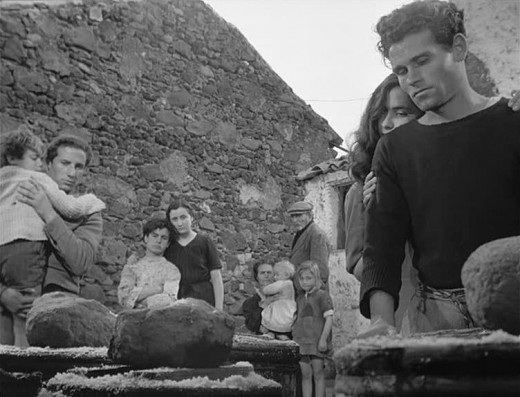
4 – How the Italians Eat
Pellegrino Artusi, Science in the Kitchen and the Art of Eating Well (1891)
It may be surprising to find a book of recipes in this list. However the book of Pellegrino Artusi, a classical of its kind which is still a reference for the art of cooking, is not simply this. Artusi was the first to collect and organize the recipes of the “middle-class”. He reported, with few personal comments, the homemade recipes he had encountered in his travels around Italy and that his cooks had tried before. This book has contributed to form the taste of the Italian families and represents the customs and the character of the Italian people probably better than many others.
5- At the Boundary of Civilisation
Carlo Levi, Christ Stopped at Eboli: the Story of a Year (1945)
Carlo Levi (1902 – 1975) was a writer and a painter belonging to a wealthy Jewish family of Turin. He was condemned under the fascism in 1935 for his politic activity and confined in a far village in Basilicata, a small region in Southern Italy.
This famous book is the story, written nearly ten years later, of the year he spent in that desolated land inhabited by a people of miserable peasants who seem to have been forgotten by the history. Eboli is the town where the railways and the road leave the coast: here, a land where the civilisation has never posed its foot begins.
Levi is astonished to discover the sub-human conditions of the peasants, exploited by the few exponents of the upper classes. However he succeeds to set a relationship with them and discovers an ancient wisdom, a dignity under their rough customs. It is a different civilisation, founded on a archaic meaning of loyalty. The Levi’s conclusion is that the development of Italy can be completed only by recovering also this lost civilisation.
6 - The Fascism and the War in a Living Room
Natalia Ginzburg, Family Sayings (1963)
Natalia Ginzuburg (1916 – 1991, Ginzburg is the surname of her first husband, Natalia’s family name is Levi) describes in this successful book (winner of the Strega prize in 1963) the story of his family, in Turin, between 1920s and 1950s, during the persecution of fascism (Natalia’s family is Jewish) and the second World War. Important characters of the Italian culture (such as Luigi Einaudi, founder of the publishing house, the writer Cesare Pavese, the Natalia’s first husband Leone Ginzburg) and economy (Olivetti, founder of the farm of typewriters and computers) appear in this familiar diary, described in a simple and fresh way, mixed with the daily facts of the family and the tragic events of the period (the first husband of Natalia was tortured and killed by the fascists).
7 – The History from the Side of the Weaks
Elsa Morante, History: a Novel (1974)
Elsa Morante (1912 – 1985) was the first wife of Alberto Moravia. At the times of the war, they had to leave Rome to escape the persecution of the nazi-fascists. Her novel History could not be missing in this list. The title states clearly the purpose of the book: telling the history from the side of the weaks, the people that the official history does not mention. The story is settled during World War II. The quarters of Rome are crowded by people impoverished by the war and martyred by the bombs, the teams of the partisans act on the nearby hills. A widow (Ida, a teacher at the primary school) and her two children, Nino, and the little Useppe, born from the rape of a soldier of the Allied Army, cross this scenery trying to escape the events of the war.
The book had a considerable international success, but was also criticized because of its rigid setting, intending to demonstrate that there is not chance for the poors and the weaks. Nevertheless, the facts of the war are described with a raw realism but also a touching lyricism which remains imprinted in the memory. I will never forget, for example, the tours of Useppe and his dog in a city spoiled by the war.
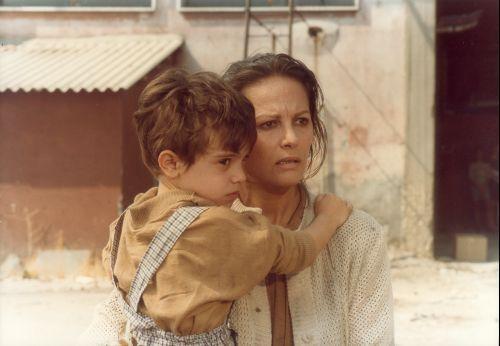
8 – Partisans Fight on the Piedmont Hills
Beppe Fenoglio, A Private Affair (1963)
The war and the partisan struggle, again, are the topics of this splendid novel by Beppe Fenoglio (1922 – 1963) writer and partisan. When the novel was published in 1963, after the author’s death, Italo Calvino said: “Finally we have the story about the partisans that we have waited for so long time and that we did not hope to see more” .
The novel is set on the hills around Alba (Fenoglio’s city of birth), where the partisans fight against the nazi-fascist troops. The “private affair” of the title is the love of the protagonist, Milton, for the beautiful Fulvia, escaped on the hills and then returned to Turin. Milton needs to know if she has betrayed him with his companion Giorgio, who has disappeared. His personal story, the desperate research of Giorgio to have an answer to his doubts, is admirably fused with the raw events of the war, the foggy landscape of the hills is the background for his inner torment.
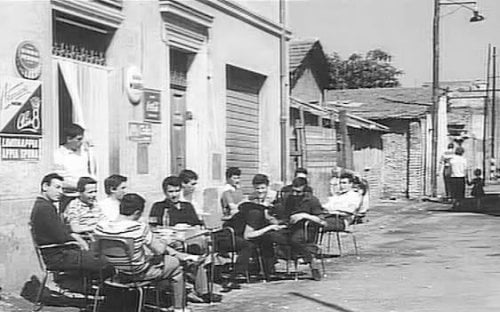
9 – A Band of Proletarians in the Post-War Rome
Pier Paolo Pasolini, The Ragazzi (1955)
This is the first novel of Pasolini (1922 – 1975), who is also known as a poet and a film maker and who was one of the most important Italian intellectuals in the XX century. His intent is to describe the wild life of a group of teen-agers belonging to the proletarian families who live in the Roman periphery in the post war years. They represent the desperate conditions of the poorest component of the Italian society, exhausted by the war. To better represent this world, Pasolini makes extensive use of the dialect spoken in the suburban neighbourhoods of Rome (“borgate”). At its exit in 1955, the book was tried by the censors, and then acquitted, for the presence of acts of male prostitution.
The story of these boys is often hard and tragic, and there are pages suffused with sadness (such as the death of the little Genesio in the river Aniene), but also the vitality they express in their daily expedients fills pages of pure poetry, such as the walks of the band in the endless Roman nights. It seems that Pasolini has regarded to this poor world as an inexhaustible source of energy which spreads all around the city and that lacks to the other parts of the society.
10 – Modern Times in an Industrialized Town
Italo Calvino, Marcovaldo: or the Seasons in the City (1963)
Marcovaldo, an ingenuous worker of a large factory in an industrialized city, never named but probably identifiable with Turin, is the protagonist of the 20 short stories that Italo Calvino (1923 – 1985) collected in this book. Marcovaldo is poor and he spends all the year, all the seasons of the year, in the town, with his wife Guendalina and his children. He is the only able to notice, among the cement and the smoke from the chimneys, the signs of the nature (the snow, a mushroom, a dead leaf). But he is also maybe the only unable to adapt to the rites of a city experiencing the economic boom and the mass civilization of the 1950s and 1960s.
Calvino describes, with irony and lightness, but also with a hint of sadness, the irreversible process of the industrialization, which suffocates the traces of the nature in the towns he sees becoming more and more grey and polluted.
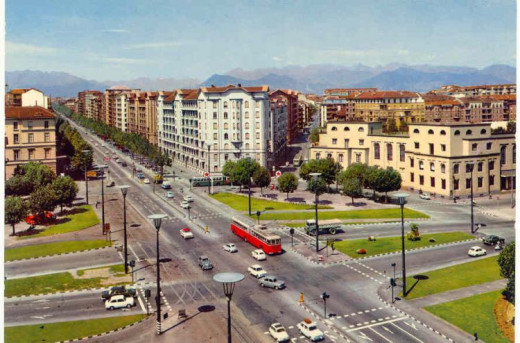
11 – A Policeman Against the Mafia
Leonardo Sciascia, The Day of the Owl (1961)
I included this book of the Sicilian Leonardo Sciascia (1921 – 1989), a writer and a journalist also engaged in politics, because it is considered the first novel that talks of the mafia. The intendment of the novel was made evident by Sciascia in the preface to the 1972 edition: “…there wasn’t yet a book that would reveal the organization and the mode of action of the Mafia….. It was urgently necessary, therefore, to deliver a literature text…. a story that would reveal the State and the whole Italy the drama of the phenomenon, so that through the plot of the book the problem could take on political significance and be under everyone’s eyes” .
The protagonist of the story is a young captain from the North of Italy (Bellodi), who has to investigate about the murder of the president of a small construction company. Bellodi is let alone against the local system governed by the mafia, which can also counts upon the support of some politicians. Nevertheless, at the end of the book, returned to his town in the North (Parma), he swears to himself that he will be back to Sicily.
12 – The Disaster of Vajont
Marco Paolini & Gabriele Vacis, The Story of Vajont (1994)
Marco Paolini (1956) is a theatre director and actor and is one of the most significant exponents of the so called “civil theatre”, intended to bring on the stage the dramas of the society. His theatre is founded upon engaging monologues which give a documented account of the facts and the open questions. Of course, the texts of the monologues give only a pale idea of the strength of Paolini’s performances.
The disaster of the Vajont (a river in the North-East of Italy, tributary to river Piave) in 1963 was due to a landslide fallen from the mountain on the dam’s basin, which provoked a giant wave of millions cubic meters of water. The dam withstood the impact, but the wave went over it and flowed in the valley, causing the death of about 2,000 people and the destruction of Longarone and the nearby villages. It is the most serious incident which happened in Italy. Paolini has reconstructed the event in a compelling story, resulting from a cared documentation, which goes straight to the responsibility of engineers and geologists who underestimated (or did not want to see) the risks of the place in their studies.
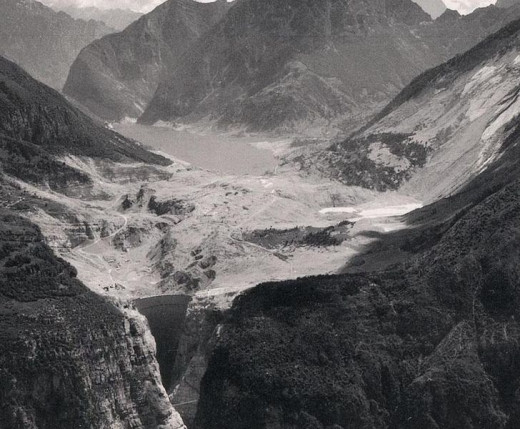
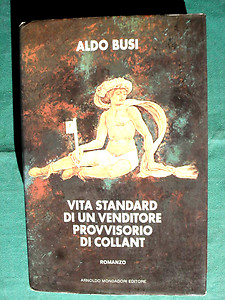
13 – A Graduate and a Tycoon in the Post – Industrialized Italy
Aldo Busi, The Standard Life of a Temporary Pantyhose Salesman (1985)
I find this book is a good testimonial of the Italian climate in the 1980s. After a decade of terrorism, students protests, strikes, Italians, supported by a still decent economic growth, come back to a certain “will to live” and re-discover the material pleasures, such as good cooking and travelling, and the luxury.
Aldo Busi (1948) is the welcomed writer of the post-war generation and this is his second work. The book, exuberant as its author and sometimes grotesque, is about the travel in Italy and around Europe of a strange couple, constituted by the young gay graduated Angelo Bazarovi and the avid and astute Celestino Lometto, a producer of pantyhose in the province of Mantua, in the Italian North-East, which in that period is quickly becoming a new pole of the Italian industry (think of Benetton and the producer of glasses Del Vecchio). Angelo, who acts as his interpreter, looks with amazement, amusement and anger at the rough Lometto, narrow-minded and artful at the same time, a somewhat prototype of the generation of small entrepreneurs who has industrialized the North-East. At the end, he feels that he cannot succeed to contrast the malicious designs of him.
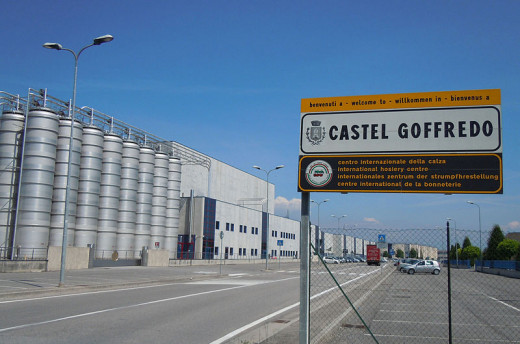
14 - The Greatest Feast in Italy
Niccolò Ammaniti, Let the Games Begin (2009)
The Roman Niccolò Ammaniti (1966) comes from the group of new writers, active in the 1990s, called “cannibals”. They used to place ferocious stories at the centre of their narration, often with a comic effect. The first works of Ammaniti (the collection of short stories Fango and the novel Branchie) belong to this period and are in my opinion the most innovative and coolest results of his production. They represent the generation of the young people born after the sixties, accustomed to the violence and moved only by material goals, probably as a reaction or consequence of the good positions and good incomes reached by the hard work of their parents.These works lack an English translation, which is instead available for the novel Che la Festa Cominci (Let the Games Begin).
With this novel, Ammaniti switches back to his original cannibal inspiration and conceives a party organized by a billionaire in the magnificent villa, he bought from the Rome Municipality. In the mind of its organizer, the feast had to be the greatest event in the history of the Italian Republic, but the party degenerates soon in a sort of grotesque carnage. The inhabitants of catacombs (a genetic degeneration of Soviet athletes escaped there during the 1960 Olympic Games in Rome) come to the surface and begin to raid and make victims among the participants. Is this chaotic, violent picture the image of the XXI century Italy?










